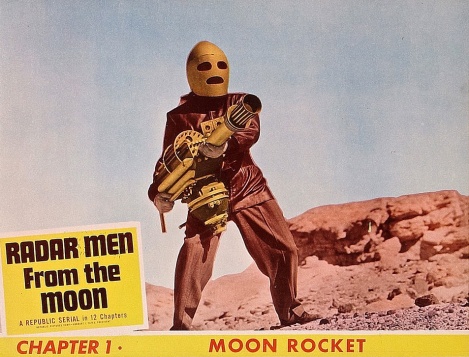There is nothing I have ever seen quite like Santa Catalina Convent in Arequipa, Peru. It occupies virtually a square mile with numerous chapels, nuns’ cells, narrow winding streets. One could easily spend a whole day here, as I did. It reminds me of one of Wordsworth’s sonnets:
“Nuns Fret Not at Their Convent’s Narrow Room”
Nuns fret not at their convent’s narrow room;
And hermits are contented with their cells;
And students with their pensive citadels;
Maids at the wheel, the weaver at his loom,
Sit blithe and happy; bees that soar for bloom,
High as the Peak of Furness-fells,
Will murmur by the hour in foxglove bells;
In truth the prison, unto which we doom
Ourselves, no prison is; and hence for me,
In sundry moods, ’twas pastime to be bound
Within the sonnet’s scanty plot of ground;
Pleased if some Souls (for such there needs must be)
Who have felt the weight of too much liberty,
Should find brief solace there, as I have found.
I love what Wordsworth does here, comparing the sonnet’s “scanty plot of ground” with the constricted quarters of a nun, hermit, scholar, or weaver. If I remember, tomorrow I will show some pictures I took at Santa Catalina in Peru, a place that impressed me even more than Machu Picchu.






















You must be logged in to post a comment.